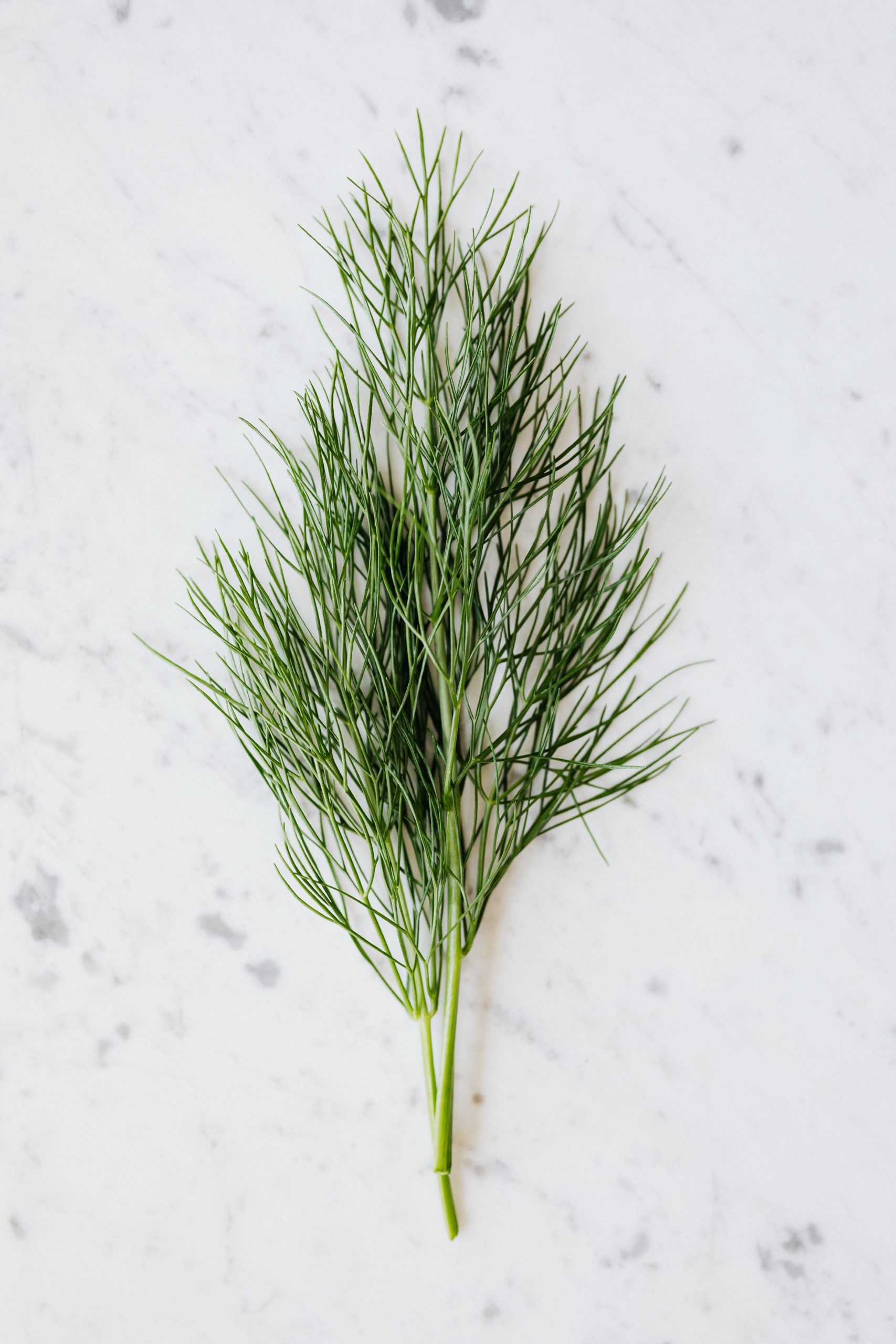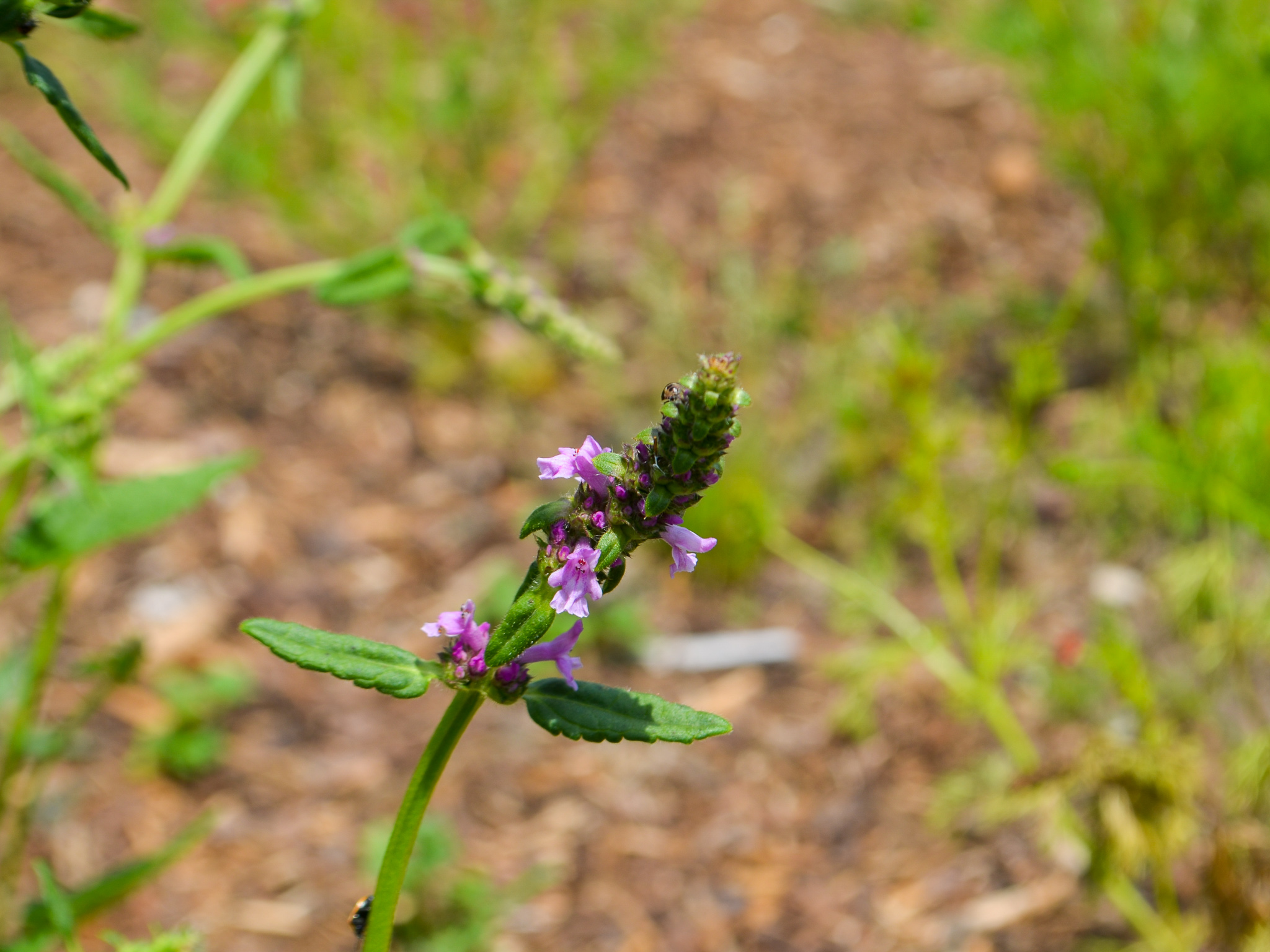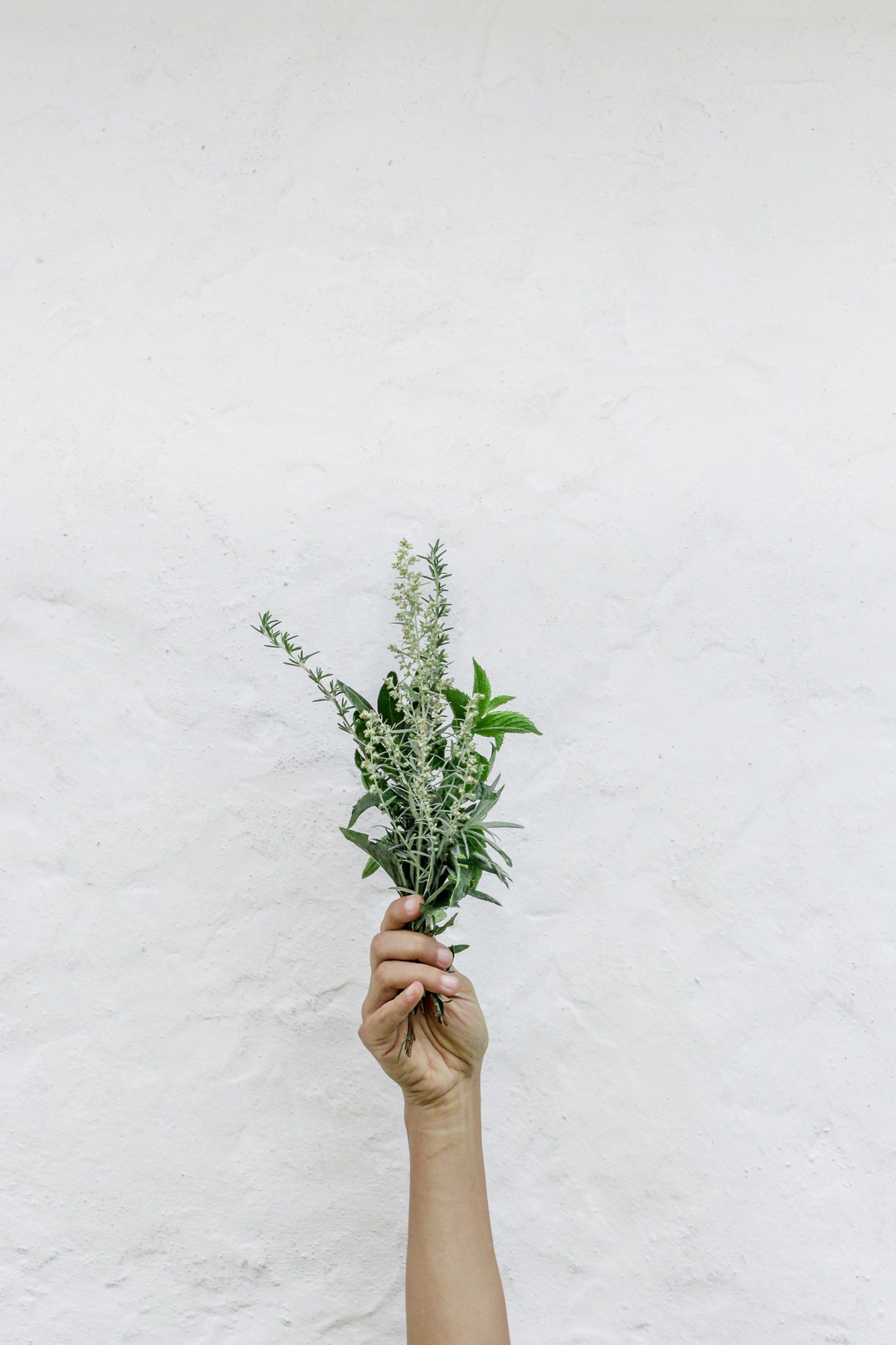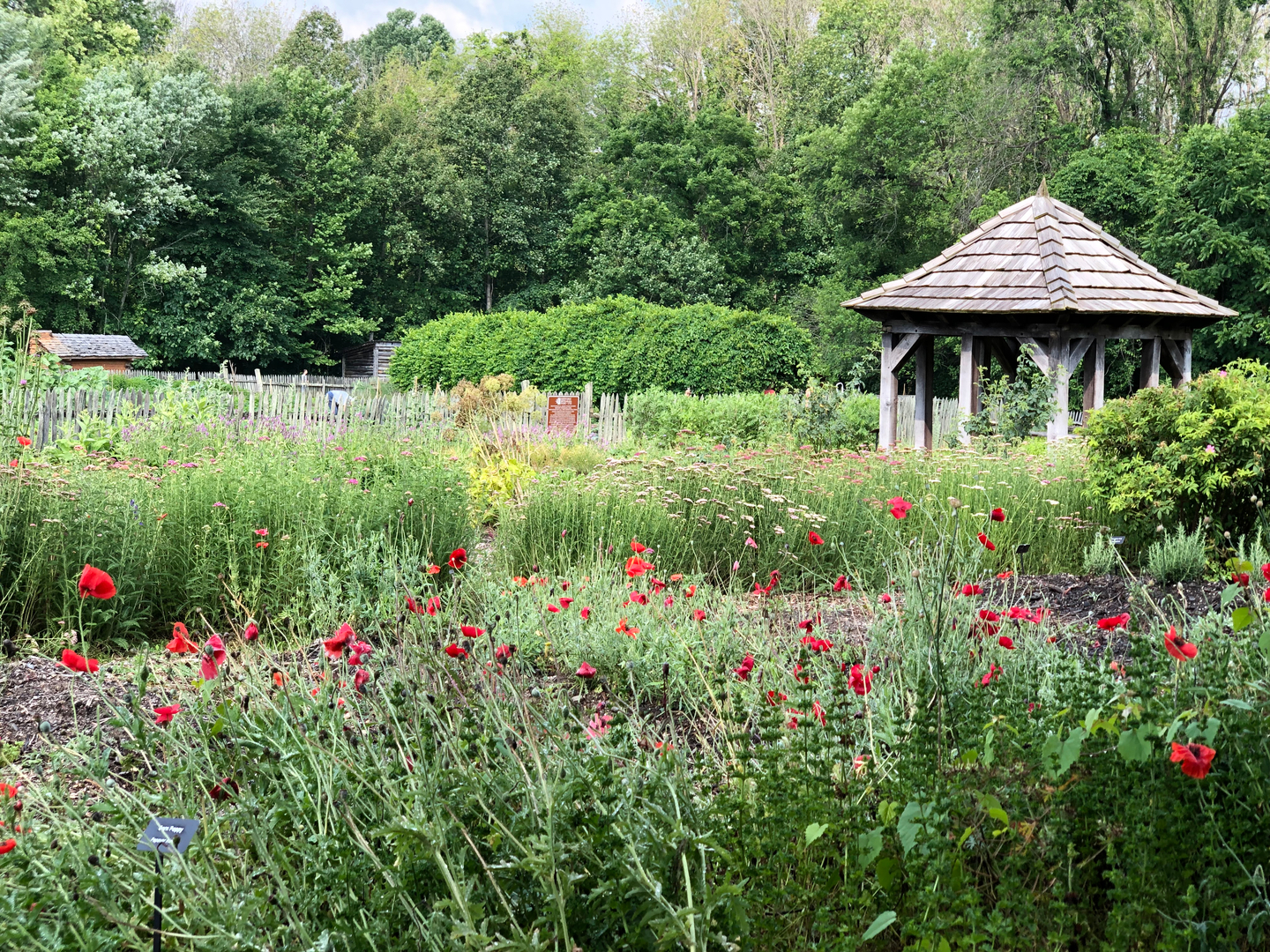Moravian herbs and ways they are used
The Hortus Medicus is the nation’s oldest and most well-documented medicinal herb garden -- and it’s located right here in Winston-Salem at Historic Bethabara Park, the first Moravian settlement in North Carolina.
In its rows and beds, you’ll find lavender, chamomile, mint (and much more), all of which were used to medicinally treat the Moravians who traveled here in the 1700s while on pursuit of a new, permanent home.
Brother Christian Gottlieb Reuter’s hand-drawn renderings of the medicinal garden were discovered, dating back to June 1761. During this time, imbalances (or humors, although it's no laughing matter) acted like today’s over-the-counter medicines.
Thanks to all of the stellar documentation, historians at Historic Bethabara and nearby Old Salem Museums & Gardens, a unique living history site, could confirm that Moravians used herbs as the primary method to holistically treat a variety of medical conditions, most notably fevers and colds, through humors.
“Moravians believed that the food you eat is medicine and the medicine you take is food,” says Harriet McCarthy, a volunteer and Master Gardener with Historic Bethabara Park. “All of this is aligned with the seasons. Depending on how hot or cold it was, a lot of sickness could be diagnosed just using the seasons to figure out what people had wrong with them.”
The uses were also found documented in a contemporaneous reference book by McCarthy. “Sauer’s Herbal Cures: America’s First Book of Botanic Healing, 1762-1778” can be cross-referenced with much of the discovered Moravian documentation.
But these uses weren’t just forward-thinking, they were interesting.
So just what crops were the Moravians using to concoct herbal humors? While you can observe these healing herbs for free during a tour of Historic Bethabara Park, we took a deep-dive behind three.

Name: Dill (Anethum graveolens)

Type: Cooling herb
Characteristics: Mild pain reducer, a natural astringent, settles stomach.
Growing notes: With its feathery leaves, dill needs full sun and well-draining soil. Regular waterings will keep it healthy.
Moravians used dill extensively because of its utilitarian purposes as both a medical treatment and in the kitchen.
“This was a go-to herb in medical gardens because it was also used for pickling and brining,” McCarthy says.
The entire dill plant was used. Leaves and stems would be burned or ground to apply on wounds. The seeds could be ground for use in a salve or a footbath while the flowers and wilted leaves were said to cure headaches. Distilled water of dill helped with toothaches.
But perhaps the most common use was steeped as a tea to help settle an upset stomach. of adults and children.

Name: Betony (Betonica officinalis)
Type: Warming herb
Characteristics: Keeps wounds clean, perfect for teas, reduces coughs.
Growing notes: As a hearty perennial, betony needs partial or full sun. This flowering plant produces white to deep-purple hues.
Moravian uses of betony were similar to dill in that no part of the plant went unused.
 “Betony had a bunch of uses and it was one of those all-purpose herbs that Moravians used in combination with other things,” McCarthy says.
“Betony had a bunch of uses and it was one of those all-purpose herbs that Moravians used in combination with other things,” McCarthy says.
Since it was a warming herb mostly consumed in the wintertime, it helped with colds, stuffy noses, and coughs, and was often drank as water or tea. When betony was pressed, the juices could be applied to heal wounds because of their natural astringent properties.
Sometimes, the conical flowers themselves were ground up and included as an ingredient in jam.
Today, because of its beauty, betony can be found in herb gardens, including at the Paul J. Ciener Botanical Garden in nearby Kernersville.
![]()
Name: Wormwood (Artemisia absinthium)
Type: Warming herb
Characteristics: Has a fairly medicine smell, used with wine, could fumigate stables.
Growing notes: More on the woody side, wormwood prefers a sunny location, has well-drained soil, and doesn’t like to be too wet.

Because of its toxicity at the time, Moravians used wormwood primarily for external treatments – unless you were livestock.
“It was a strewing herb used to fumigate stables since it helps get rid of vermin,” McCarthy says. “You would throw this around to help get rid of pests.”
Since Moravian medical practices largely focused on the exterior of the body, wormwood was typically used in a mixture that was rubbed on the stomach year-round to help with stomachaches.
Adults, though, would sometimes consume wormwood by mixing it with other herbs, an orange peel, and wine to help with stomach problems. It was found to be quite toxic for children to ingest.
Because of this, wormwood isn’t practiced medicinally today by physicians, but you can check some out for yourself with a short jaunt to Historic Bethabara Park.
The grounds are walkable seven days a week for free, while guided tours of the Gemeinhaus and Log House can be seen for a small fee during Visitor Center hours (April through December): Tues-Fri, 10:30 a.m. to 4 p.m. and Sat & Sun, 1:30-4:30 p.m.






